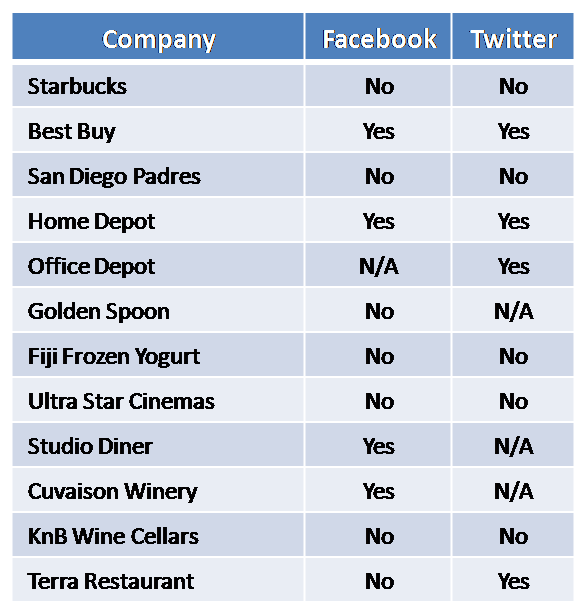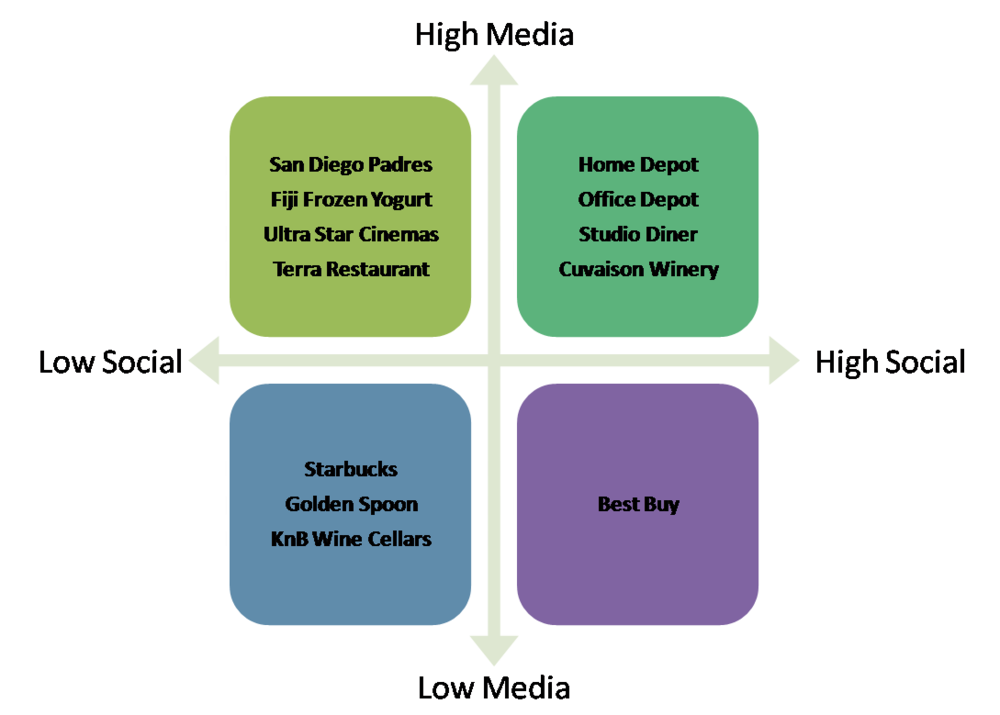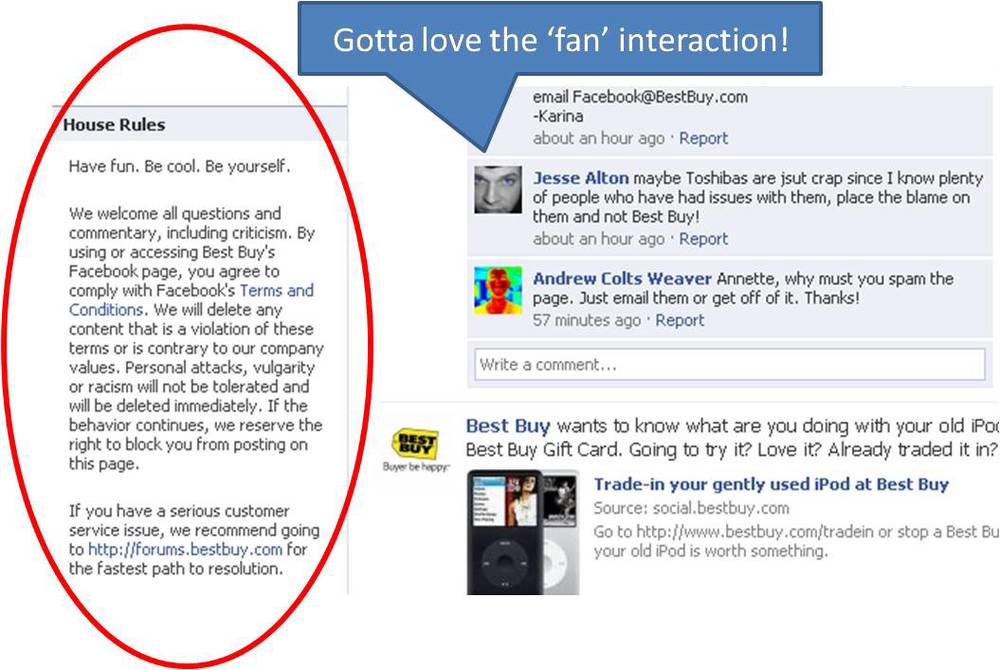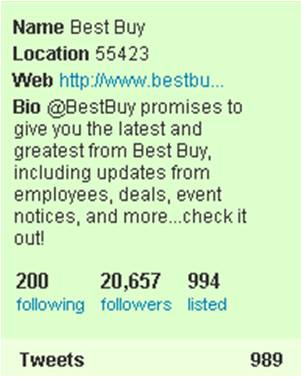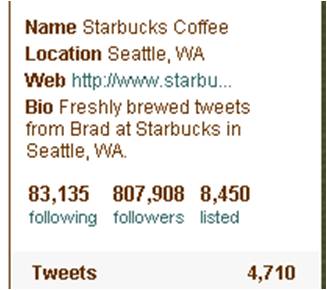I recently overheard someone interviewing job applicants at Starbucks. The interviewees were applying for a job at some other company, not the coffee chain.
Try as I might, it was hard not to overhear snippets of the conversation. We were sitting outside, and the interview was two tables away. Two interviews took place during the time I was there, and they were both formal with scripted questions.
My sense was this was for a frontline customer service job, although I really tried hard to give them privacy and not eavesdrop.
One candidate looked relatively at ease, while the other appeared uncomfortable answering questions like, "What is your greatest weakness?" in a public space. It made me wonder about the appropriateness of doing an interview like this, so I posed the question on LinkedIn, "Is it okay to conduct job interviews at Starbucks?"
There were quite a few thoughtful responses. Here is a summary along with my suggestions.
Identify Your Purpose
Quite a few people pointed out that selecting a public venue like Starbucks can be purposeful.
Perhaps you want to meet someone informally to get a sense of what they're about when their guard is down. In this sense, an interview at Starbucks is no different than taking a candidate to lunch. One person pointed out he saw a candidate act rudely toward a barista, which made it easy to rule the candidate out.
Others suggested an interview in an open space like Starbucks might reflect the company's culture. Perhaps employees work in close proximity in an open office or the customer service team is remote so places like Starbucks become a virtual office. Meeting in a place like this amounts to a realistic job preview.
These are fair points. I think what bothered me about the interview I observed is it was formal, with potentially sensitive questions asked within easy earshot of other patrons.
So before you interview someone at Starbucks or a similar location, think about why you want to conduct an interview there. Convenience shouldn't be the sole reason.
Consider Other Options
There are a lot of companies that don't have physical offices or employees working remotely are too far away from an office to come in for an interview. This makes it necessary to get creative when finding a place to meet.
Privacy is a potential challenge with interviewing someone at Starbucks, a restaurant, or even the local library (yes, that happens). There were several good alternatives suggested by commenters on LinkedIn:
Phone
Video conference
Private meeting room at a co-working space
That last option is intriguing. Considering the high cost of hiring and training new employees, spending $200-$300 to secure a private space to hold interviews seems worth it if you plan on asking sensitive questions.
A Few Tips, if You Must
There was a mixed reaction from LinkedIn commenters. Some described their own awkward experiences interviewing at Starbucks, with several people writing that it left them with a poor impression of the company. Others shared that Starbucks was their go-to location for job interviews and saw it as a good selection.
Here are a few tips if you decide you'd like to interview people at Starbucks, too:
Have a clear purpose behind selecting the venue.
Be considerate of the candidate's privacy.
Try to make the interview more conversational and less formal.
And if you really want to make a good impression, buy the candidate a cup of coffee!







